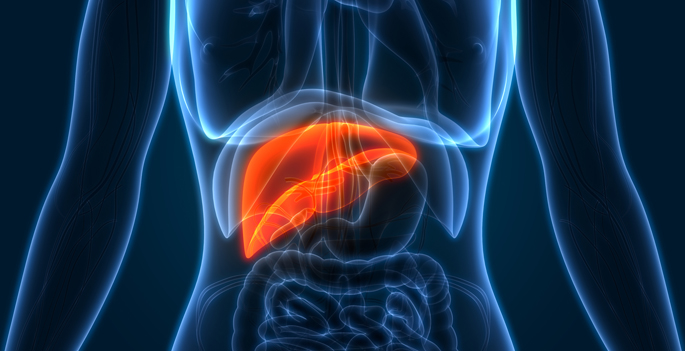by Yan Su
The unique ability of the liver to regenerate after injury is the result of factors that stimulate hepatocyte proliferation. How the liver maintains critical metabolic and synthetic functions as hepatocytes proliferate is unknown.
Reporting in the Journal of Biological Chemistry, Seth Karp, M.D., and colleagues define for the first time a physiological mechanism limiting hepatocyte proliferation after injury to preserve homeostasis.
The researchers found the liver actively modulates growth hormone (GH) signaling during regeneration using the protein SOCS2 (suppressor of cytokine signaling). SOCS2 targets the GH receptor for ubiquitination and degradation. SOCS2 rises after injury, decreasing GH signaling, slowing proliferation, and maintaining liver function.
Later, SOCS2 reduces production of a GH secretion inhibitor, insulin-like growth factor-1, stimulating the release of GH, and driving liver cells to proliferate.
The researchers conclude efforts to temporarily slow hepatocyte proliferation in the setting of injury may be beneficial, whereas driving hepatocytes to proliferate too early after injury might leave patients vulnerable to metabolic compromise.
This work was supported in part by National Institutes of Health grant DK081387.
Send suggestions for articles to highlight in Aliquots and any other feedback about the column to aliquots@vanderbilt.edu














